Tom McGuinness runs a large-scale sheep and tillage enterprise in Bellewstown, Trim, Co Meath, with help from his son Peter and family. Lambing of the mid-season flock of 640 mature ewes and 70 ewe lambs will begin on 12 March with the lowland flock differing from the norm with ewes lambing outdoors.
Tom says he initially made the switch to outdoor lambing in order to reduce labour and costs. The system is working well with Tom saying that he could not see himself returning to indoor lambing, especially when dealing with the numbers present.
“It is a system that works for us. There is no way we could manage the same numbers with the same labour indoors."
There is also a big cost saving with straw and indoor feeding. Once the first ewe lambs, meal feeding stops and grass takes over.
It is this switchover to ewes receiving their nutritional requirements from good-quality grazed grass that is highlighted as the cog in the wheel that makes the whole system work. Paddocks around the farmyard are the first closed in autumn with these grass reserves used to carry ewes during lambing.
Ewes are split into three groups depending on their litter size. The largest batch of about 400 twin-bearing ewes are given access to 59 acres (24ha) with single-bearing ewes run over a smaller area adjacent to triplet-bearing ewes. The latter are allowed access to grass by day and housed by night. No ewe goes to grass with three lambs with cross fostering practised, where possible, and if not surplus lambs are sold as foster/pet lambs.
Triplet-bearing ewes are also currently run in a similar system of out by day and in by night, while twin-bearing ewes and single-bearing ewes in lower body condition are supplemented with silage on the redstart and tillage ground and cobs are fed in late pregnancy with a quad and snacker on a grass runback. Ewes are transferred on to grass approximately one week in advance of lambing with the increase in energy and protein intake paying dividends in ensuring ewes lamb with a good supply of milk.
Lambing management
Ewes are retained in these groups for the duration of lambing, which is generally for about five weeks. There are a number of individual lambing pens and foster pens set up indoors and these can act as a backup if ewes and lambs need to be brought indoors for any reason. Ewes are checked at first light and any ewes that have lambed overnight are seen to.
Each ewe is caught to make sure she has milk in both teats and lambs receive 60ml colostrum, which is either milked from the ewe or an alternative source. Ewes and lambs are also numbered with spray marking for future identification.
There are a number of individual pens set up at different locations in fields and these serve as a good aid to handle any problem sheep. Ewes and lambs that need follow-up attention can also be retained in pens for a couple of hours with this system working well in wet fostering of lambs.

Triplet-bearing ewes are generally housed by night and out be day. One lamb is removed for cross-fostering.
Where fostering, the strongest triplet lamb is selected that will best match the size of single lambs.
There is generally no disturbance of ewes at night, although a run with the quad and a fox light is taken late at night and any ewes spotted with problems are seen to.
At the end of the five weeks, ewes and lambs are grouped into a grazing group of about 200 to 250 ewes and their lambs. This suits paddocks on the farm with most about 4ha or 10 acres in size. Tom says that delaying movement until lambs are a few weeks old also makes it much easier to move lambs.
No accident
Having a supply of grass in spring doesn’t happen by accident with a number of factors underpinning good grass supplies.
The first of these is the date in autumn at which paddocks are closed and the area selected. Teagasc sheep specialist Ciaran Lynch told farmers attending the walk that swards required for grazing in March need a rest period of 120 days in a typical year to have sufficient grass available.
Ciaran said that it is important to stick to target closing dates detailed in Table 1 as it will be these paddocks closed before mid-November that will underpin supplying a reserve of grass until spring grass growth kicks in.
The effect of the closing date on spring grass supply is clearly shown in Table 2. The first paddocks closed also received slurry before the prohibited spreading period commenced.


As reflected in Table 1, the farm also exceeded the mid-season closing targets to satisfy a higher demand from ewes lambing outdoors with 30% of the 63ha grazing paddock (155.6 acres) closed by the end of October.
Closing 90% of the farm by late November was also made possible by the farm growing 14ha (34.5 acres) of redstart following a winter cereal crop. This grazed 600 ewes from 1 December to 1 February with the exception of triplet- and fat single-bearing ewes removed at scanning on 10 January. Ewes on redstart also have access to top-quality silage which tested 80DMD and 15.6% protein, while triplet-bearing ewes start at 0.3kg at scanning (singles offered only silage).
Another aspect highlighted by local Teagasc adviser Edward Egan is the farm’s focus on addressing any soil fertility issues with soils at optimum fertility responding faster and better to organic and chemical fertiliser. Soil samples are taken regularly with the latest analysis carried out in late 2016 showing approximately 70% of soils at the optimum pH of 6.2-plus.
A fertiliser programme is in place that aims to address soils with a deficiency while also maintaining fertility levels on others at optimum levels. Tom says: “Lime is one of the cheapest things you will ever buy. I am doing nothing out of the ordinary but tipping along and doing a little each year. You can see the difference it makes in swards. There are some fields with swards that are over 10 years old but they are looked after well and are still performing great.”
Production performance
The focus of the farm walk was on early spring grass but there were also some production parameters touched on. Mature ewes, which are a mixture of Mule, Lleyn, Suffolk and Texel, cross-scanned at 1.83, slightly down from 1.88 in 2017.
Tom puts the lower scanning rate down to a tighter breeding of 35 days with the barren rate up from 2.3% in 2017 to 6% this year. The flock of 70 ewe lambs scanned 1.13 lambs per ewe joined, again reduced from 1.24 last year.
The weaning rate including ewe lambs in 2017 was 1.44 lambs per ewe joined. The farm’s target of 80% of lambs were drafted by the start of September, with approximately 100 lambs traded as replacements or pets early in the year.
Having the majority of lambs drafted at this stage of the year is important in the context of building autumn grass supplies for ewes and is aided by meal feeding introduced to remaining male lambs in August.
There is also a strong focus placed on grassland management right throughout the grazing season with regular fertiliser application highlighted for its role in maintaining grass quality.
In a normal year, fertiliser would be applied at the start of February to boost spring grass growth but difficult ground conditions have prevented this from taking place this year.
“This time last year, I had a half a bag of urea out and got a good response. This year, it is just too wet so I am holding off until ground conditions improve.
"I have fertiliser sitting in the shed ready to go and won’t be delaying for a minute longer than I have to. There are a lot of mouths to feed once lambing starts and if we don’t have fertiliser out, we won’t be long running out of grass.”
The average farm cover currently stands at 760kg (8cm) DM/ha and with three weeks to go, lambing is on target to reach an average farm cover of 800kg DM/ha. A further half a bag of urea will be applied again in late March/early April to keep grass ahead of ewes.
The volume of fertiliser applied during the main grazing season is based on reviewing supplies present. “I don’t actually use a platemeter to measure grass but I still monitor weekly how grass supplies are."
I drive around the farm on a Monday and record how grass supplies are in a notebook.
"I also keep a good eye on the forecast as that can tell you a lot about how growth is going to be for the week ahead.
"If grass supplies are tight, I will apply more fertiliser while if I think grass is getting ahead of ewes I will split paddocks with three reels of electric wire or take out surplus grass for bales. I am not saying it works every time but it usually isn’t far off the mark and does much more good than bad. As sheep farmers, grass is our trump card and we need to make maximum use of it.”








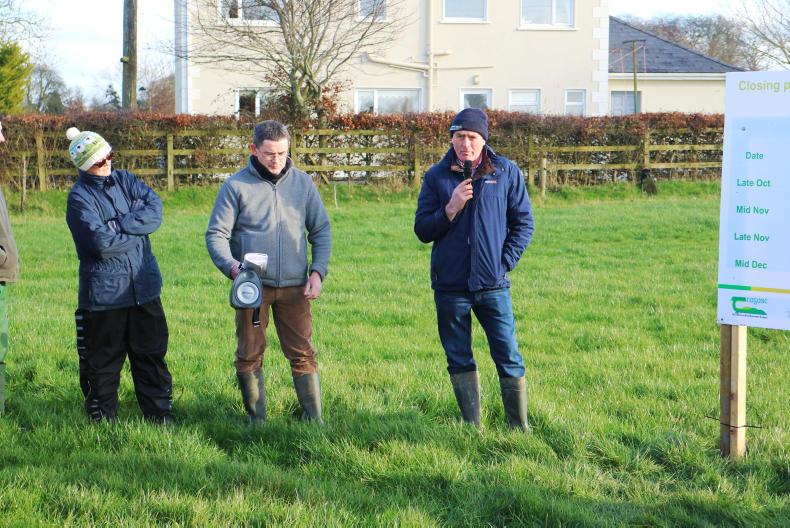
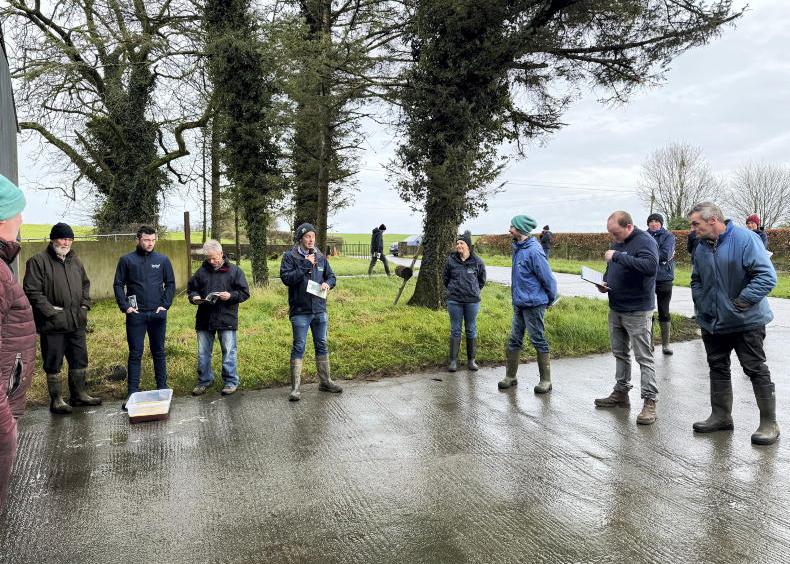

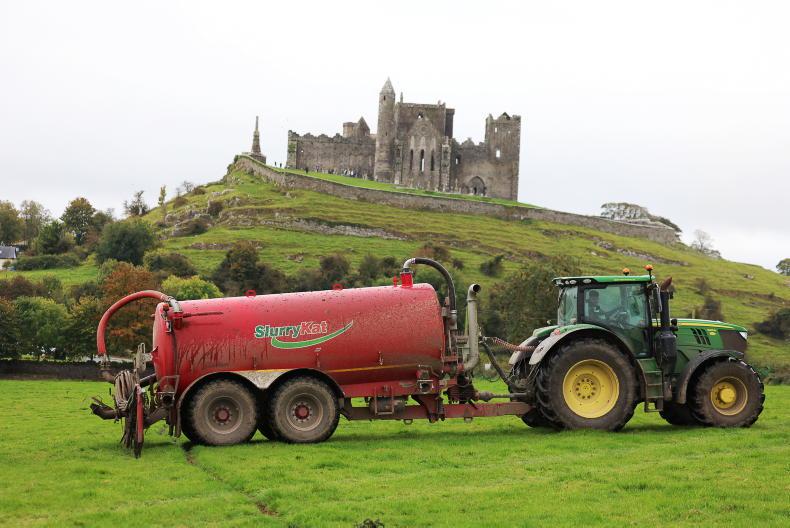
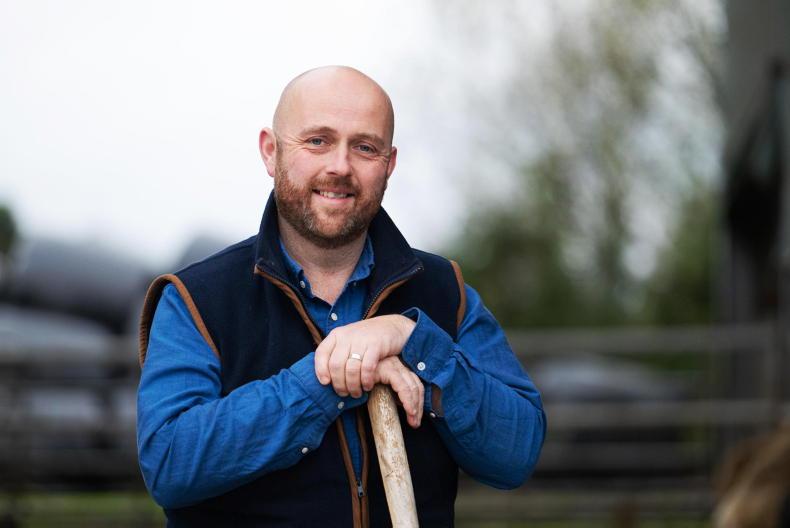
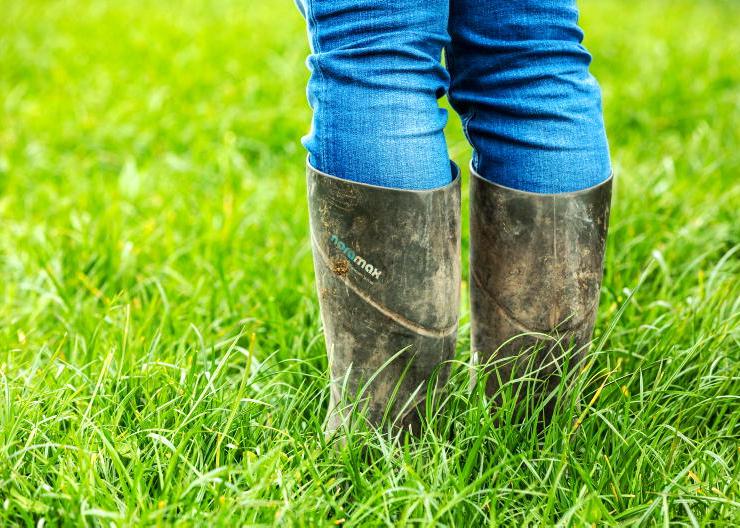
SHARING OPTIONS